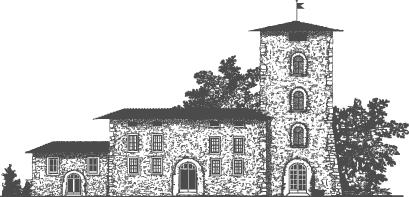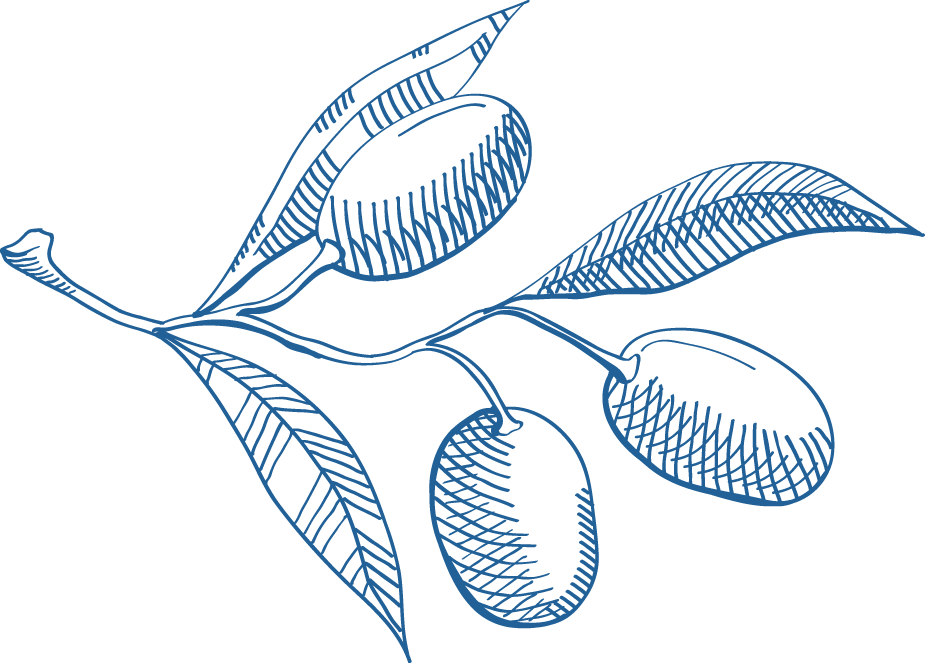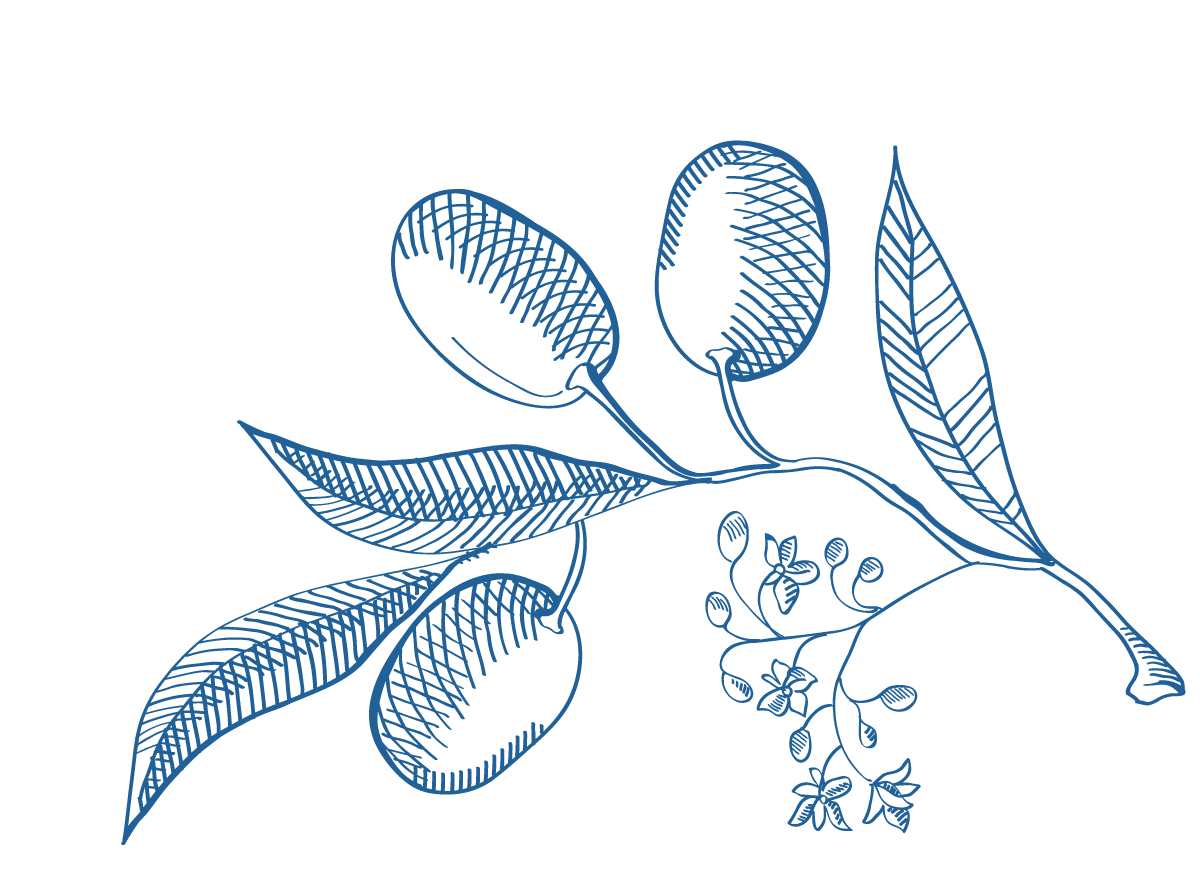


With the arrival of summer for the Sienese the most awaited moment of the whole year is approaching, the one for which every single moment and activity is planned, the one that makes the heart beat faster and fills all the Sienese citizens with pride: the Palio of Siena. Much more than a simple event, it represents a real reason of living for the inhabitants. You don't support one contrada(district) rather than another, but you belong to it. All life is marked by the events of the contrada; from birth, to social development and relationships with others. Although Covid-19 has now forced us to suspend it for two long years, let's see together what it is and above all how to live it as an authentic Sienese in order to be ready as soon as it is possible to resume regular development.
What is the Palio?
The Palio is an event known all over the world, it is a competition, of medieval origin, in which 17 districts race against each other in an exciting horse race. The districts are the historical subdivisions of the city within the walls; each represents a specific area independent from the others, with its own administrative representatives, just like a municipality, where the Priore (prior) and the Capitano (captain) are at the head, who perform functions of representation and guidance, together with their own advisors, establishing together the initiatives both from an administrative and leisure point of view. Each contrada has its own coat of arms, fiere (animals) and distinctive colors, which are represented in the flags scattered through the streets of the city and in the handkerchiefs that the Sienese wear around their neck during the events and manifestations dedicated to it.
The contradas of Siena are: Aquila (Eagle), Bruco (Warm), Chiocciola (Snail), Civetta (Owl), Drago (Dragon), Giraffa (Giraffe), Istrice (Porcupine), Leocorno (Unicorn), Lupa (She Wolf), Nicchio (Seashell), Oca (Goose), Onda (Wave), Pantera (Panther), Selva (Forest), Tartuca (Tortoise), Torre (Tower), Valdimontone (Mutton).
Friends and foe Contradas
As far as the relationships between one contrada and another are concerned, since ancient times we have witnessed friendly relations (contrade aggregate) as reciprocal exchanges of visits and support in times of need, to others of complete antagonism (contrade rivali), where this does not happen at all. There is any kind of exchange. During the days of the Palio these tensions between contradas become acute. Seeing the contrada rivale win is the greatest pain that a contradaiolo (member of the contrada) can feel.
Where, when and how the Palio of Siena takes place
The Palio is run in Piazza del Campo, which for the occasion is bordered by a ring strewn with tuff, where the jockeys rigorously ride horses without saddle. It takes place every 2nd of July, in honor of the Madonna di Provenzano, and 16th of August, in honor of the Madonna dell’Assunta, but the preparation for the carriere (career), the race, lasts 4 days each. Each race is attended by 10 districts, 7 that did not run the year before and 3 are drawn by lot. On the first day of the 4, takes place the Tratta (trafficking), the drawing of lots for the horses and the districts that will run. Then six tests of the race follow, one in the morning and one in the evening, until the day of the official race.
Horses and jockeys are treated by the contradaioli as real celebrities, especially the horses that are blessed in the churches of the contrada the morning of the race.
The day of the race is a succession of solemn moments, moments of excitement and anxious waiting to win the "Drappellone", the canvas of the Palio, which every year is painted by a different artist and exhibited in the museum of the winning contrada.
The day of the race
The morning begins at 8 am with the Messa del Fantino (Mass of the Jockey) in the chapel next to the Town Hall, at 10:30 pm takes place the segnatura dei fantini (signing of the jockeys) by the Mayor, which binds each jockey to the horse of each contrada; at 3 pm after the blessing of the horse, is staged the historical procession with 600 figures who walk through the city, reaching the square around 5/7 pm with the arrival at the bench of the authorities and ends with the outbreak of a firecracker, which alerts the horses to leave the Entrone (big entrance). Here each jockey is given a backbone, useful for inciting the horse and annoying the opponents.
From this moment on, the most agitated phase begins, the “Mossa” (movement), the area between two ropes from which each district will access its assigned position for the start in the draw phase, called by the “Mossiere”. It is an extremely delicate moment that can last many hours, as it is very difficult for the jockeys to keep the horses calm and in position until the entry of the last horse which marks the start of the race, which will last 3 laps of wild ride and in some spots even dangerous (for example the curve of San Martino).
The horse who finishes the 3 laps first, even scosso (shaken, without a jockey) wins. At the end of the competition, the winning district takes the Drappellone to the Church of Provenzano in July, and to the Cathedral in August for the thanksgiving prayer “Te Deum”.
Live the experience of the Palio as a contradaiolo
As we said in the introduction, the entire life of the Contrada develops around the Palio and the reality of the district, which is not limited exclusively to the days of the race, but to a whole series of rites, events and activities that take place during the 'year. Some are reserved exclusively for members of the districts, because they are more solemn, but many others are open to all, without invitation. This is why we advise you to experience it at 360 ° not only in summer; in any period you visit Siena, you can be sure that you will find some opportunities to participate in the contrada activities.
However, for those who will have the opportunity to watch the race, here is some useful information.
How to the Palio di Siena - practical advice
There are two ways to see the Palio:
• the first free, from inside Piazza del Campo, which can be reached from early morning, for the best view of the columns, until 4:30 pm, after which it is impossible to enter.
For this mode we do not recommend the presence of small children, due to the large crowd of people and the heat in the square. In this regard, we suggest that you bring a hat and refreshing drinks, which can be purchased in the square.
• The second for a fee, by purchasing tickets for the stands or balconies overlooking the square, by contacting the ATP of Siena, or directly the owners of the houses. The latter very often also offer refreshments with typical Sienese products.
The charm of Siena lies precisely in the fact that to be a small city it has so many facets and complexities to discover, that a quick visit would not be enough to fully understand its beauty, and the Palio of Siena is precisely the emblem of all this. We at Borgo Scopeto do not lose hope and we hope to be able to resume the race soon and reopen to everyone the possibility of experiencing it as authentic Sienese.

